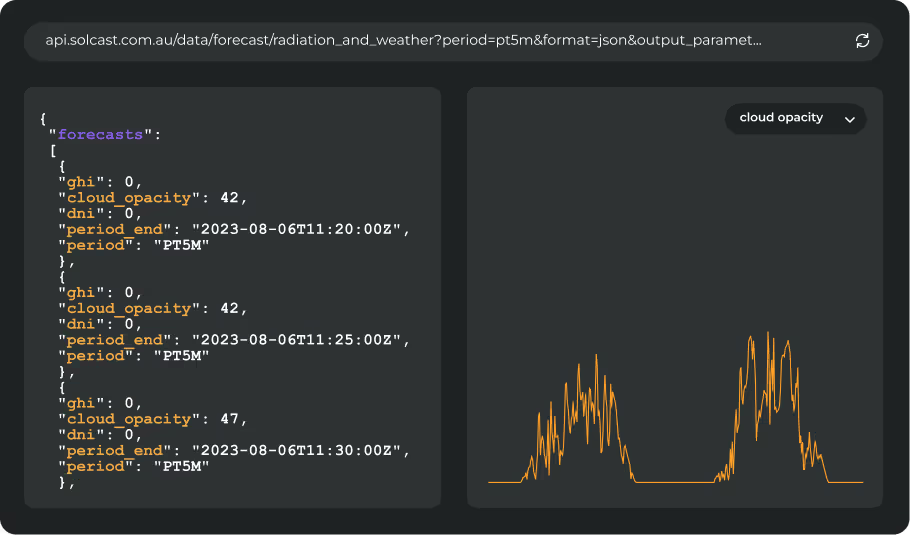Most of eastern Asia saw a strong start to 2025 in terms of solar irradiance, with January and February delivering widespread above-average conditions. Analysis completed using the Solcast API shows increased irradiance across the Koreas, Japan, Mongolia, and mainland Southeast Asia driven by clear, dry conditions due to a persistent Siberian high and delayed La Niña onset. In contrast, maritime Southeast Asia faced up to 20% deficits, as monsoonal rains and a fully developed La Niña brought heavy cloud cover and flooding, especially in Indonesia.
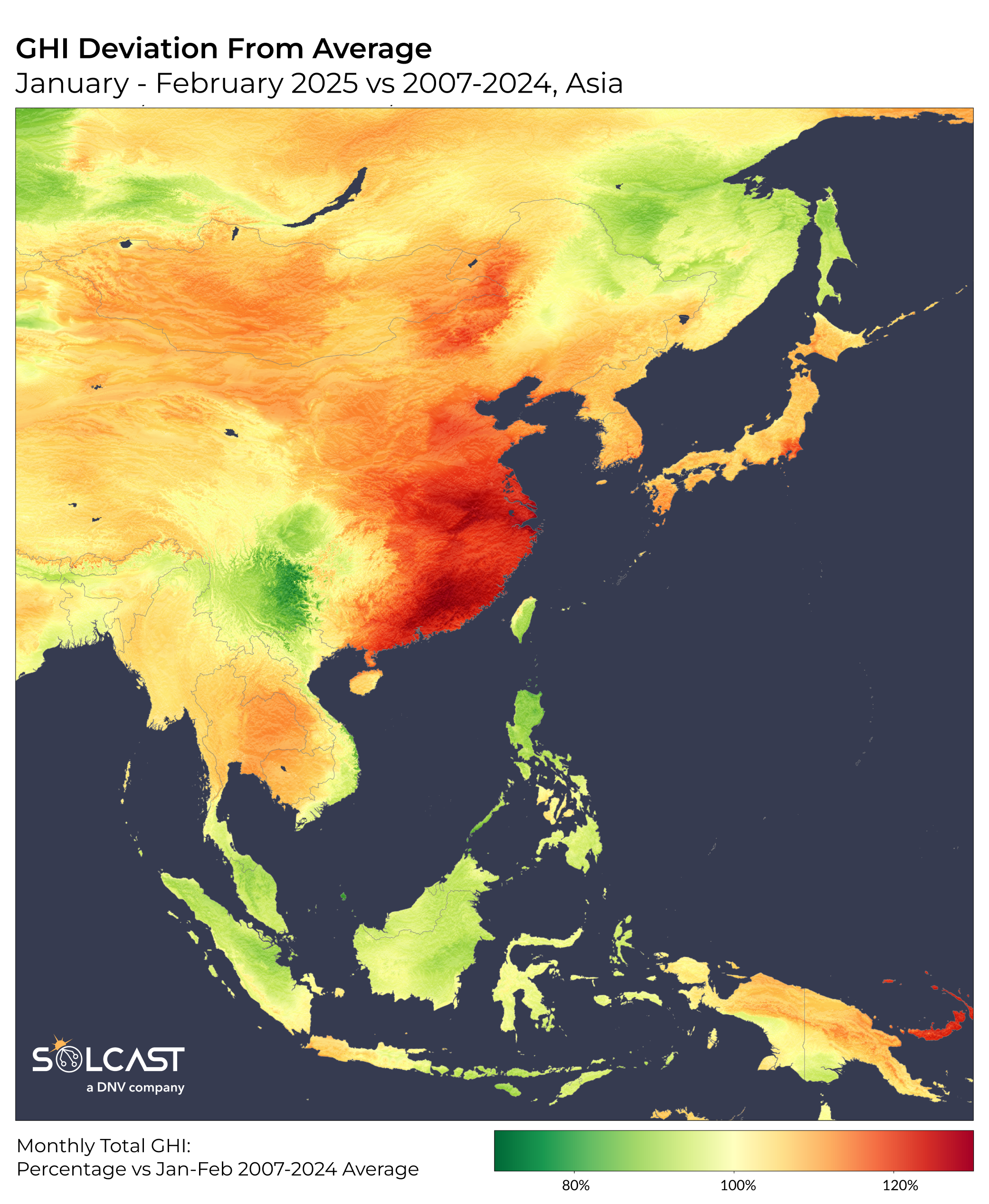
The unusually high irradiance across eastern China reached nearly 30% above average during January and February. Irradiance also rose more than 10% above average across the Korean Peninsula, Japan, Mongolia, and around the Gulf of Thailand. This pattern was driven by an expansive and persistent Siberian high, which pushed the easterly trade winds offshore, resulting in dry air masses settling over much of East Asia. The late onset of La Niña further reinforced this setup, suppressing cloud formation and allowing for consistent clear-sky conditions.
The same pressure anomaly that delivered sunny skies also brought colder-than-usual temperatures to the north. The northward displacement of cold air helped to fuel record snowfalls in Hokkaido, Japan's northernmost island. Despite these cold extremes, the broader region recorded warmth overall—January 2025 ranked as the third warmest on record for Asia, according to NOAA.
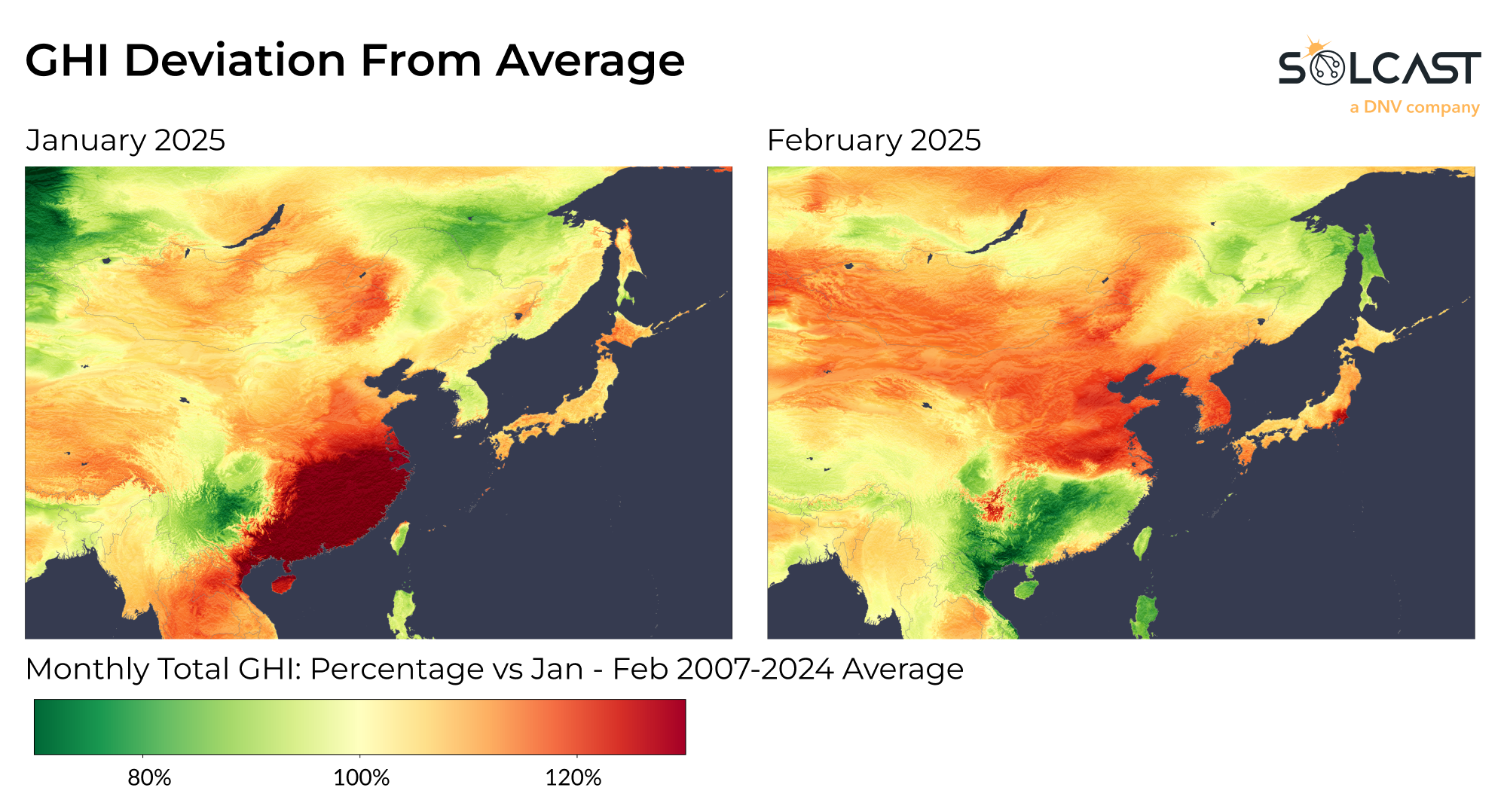
In contrast, the maritime countries of Southeast Asia struggled with irradiance deficits from January to February. Indonesia, the Philippines, and Malaysia all recorded irradiances up to 20% below average. The late-forming La Niña phase was in full effect by January, amplifying the southwest monsoon and ushering in wetter and cloudier weather across the region. Indonesia was hit particularly hard, with torrential rains in January leading to significant flooding and fatalities on the island of Java. While cloudiness is typical during January, this year’s persistent cloud cover sharply reduced surface irradiance, affecting solar performance in these typically sunny regions.
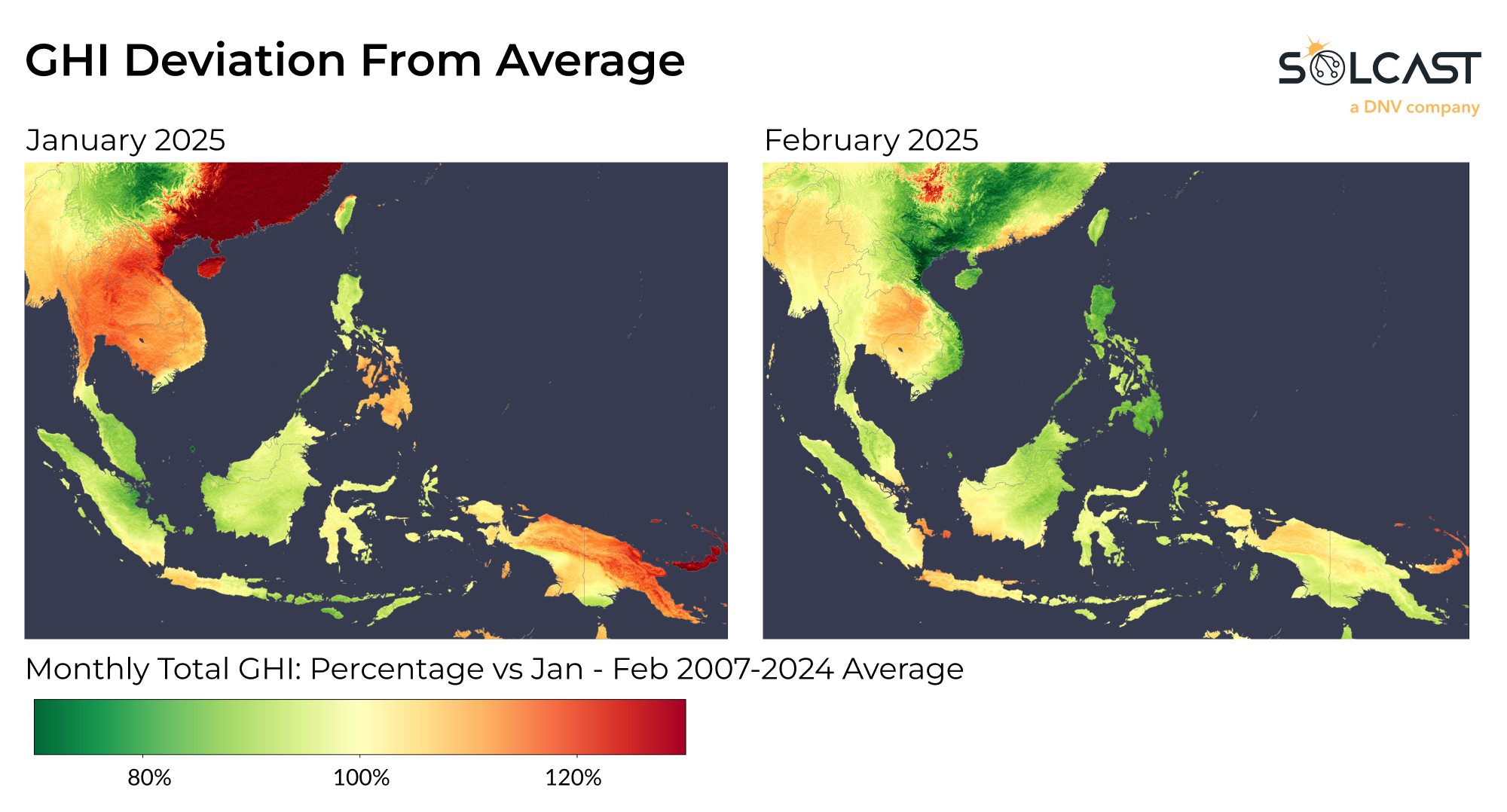
Track weather conditions, cloud movements, and irradiance-influencing factors that impact your solar generation. Access bankable actuals and accurate forecasts when you sign up for a Solcast API toolkit. You can reach out to our team for an extended trial.








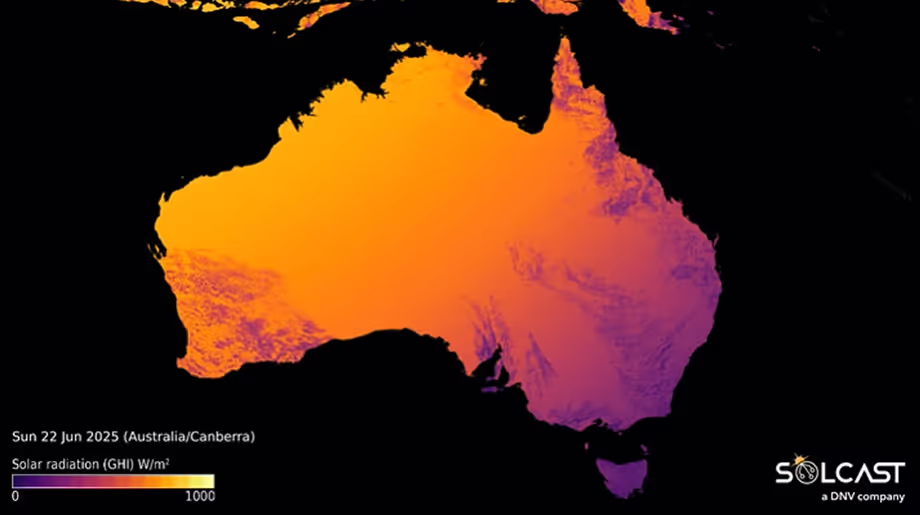
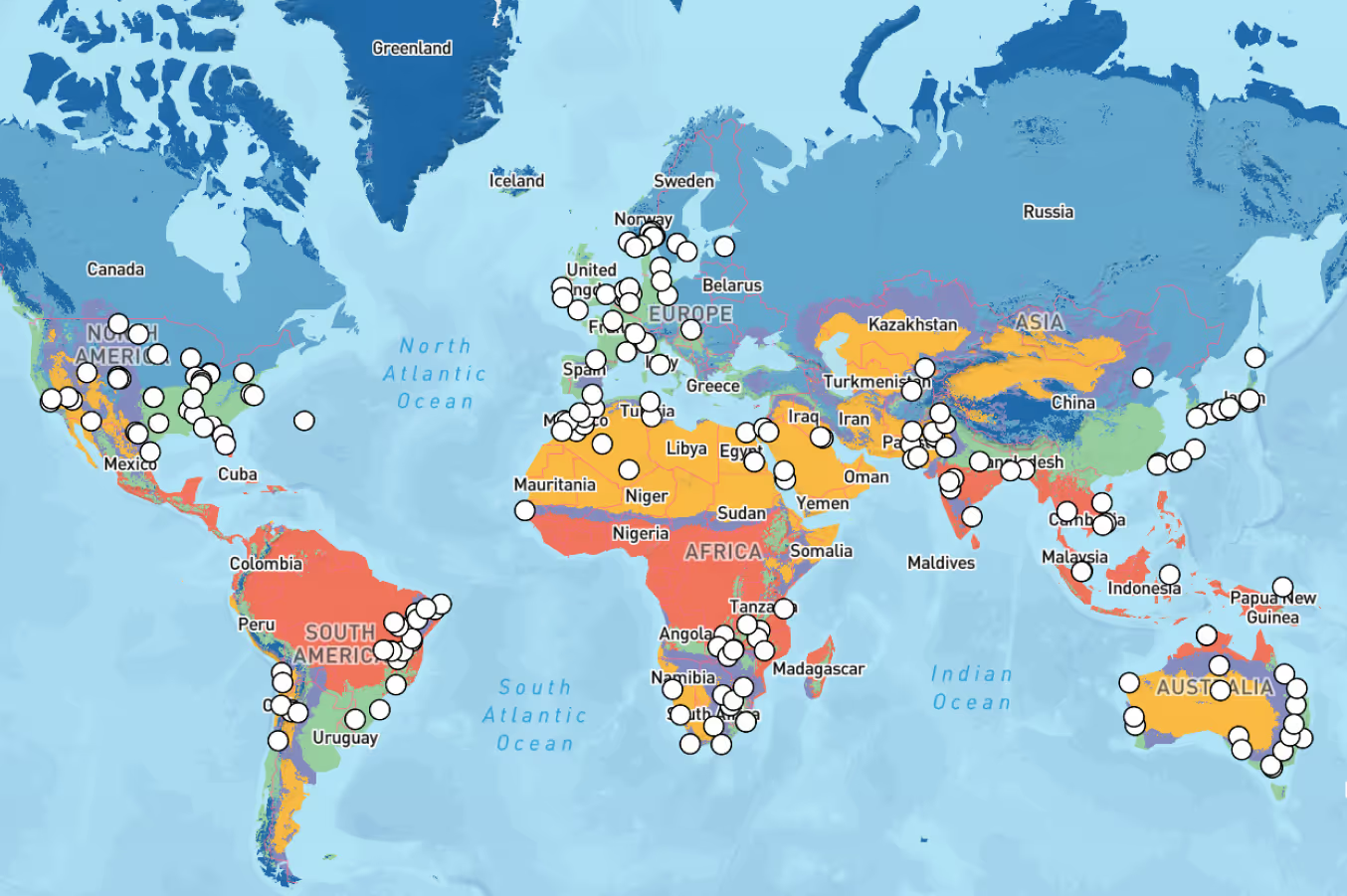
.avif)
